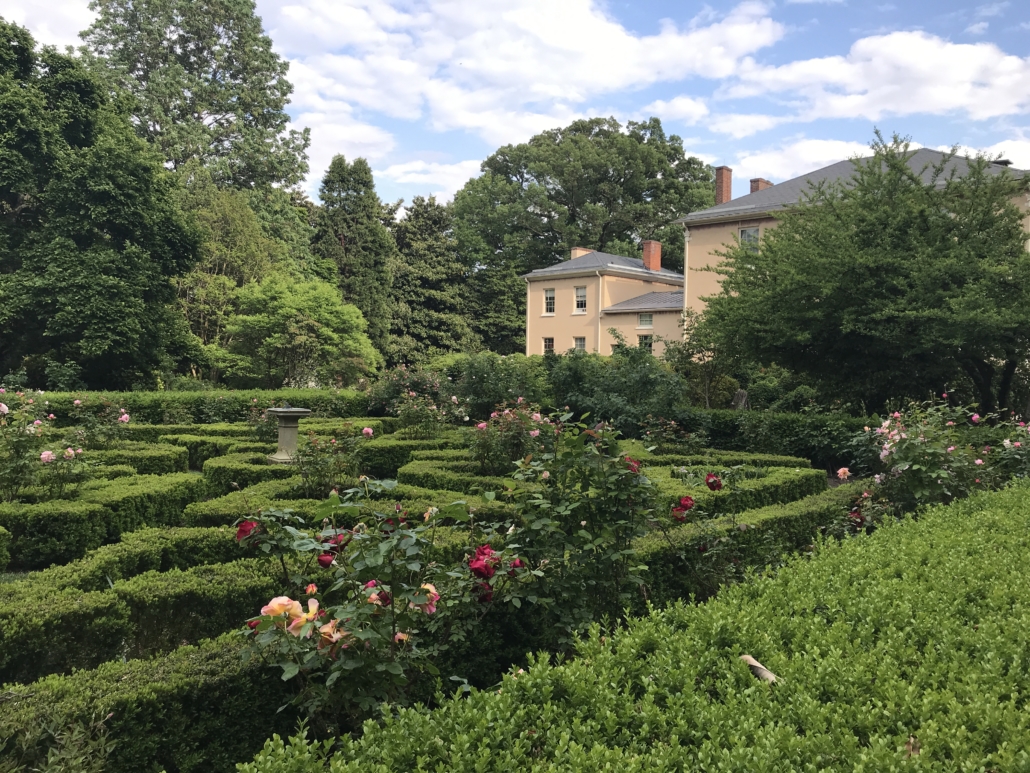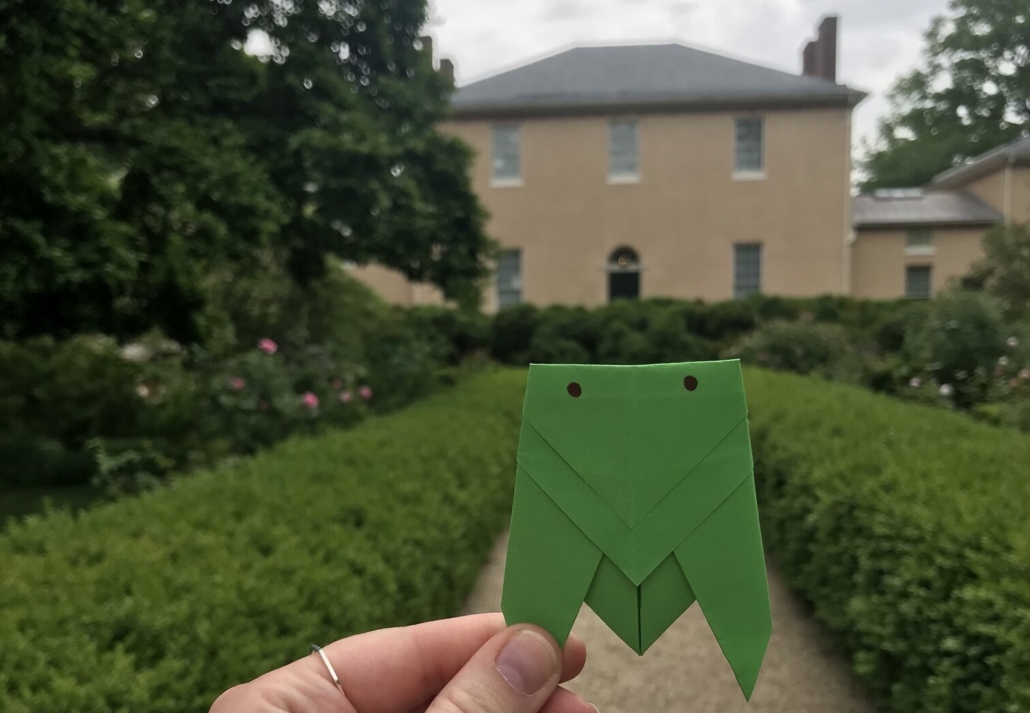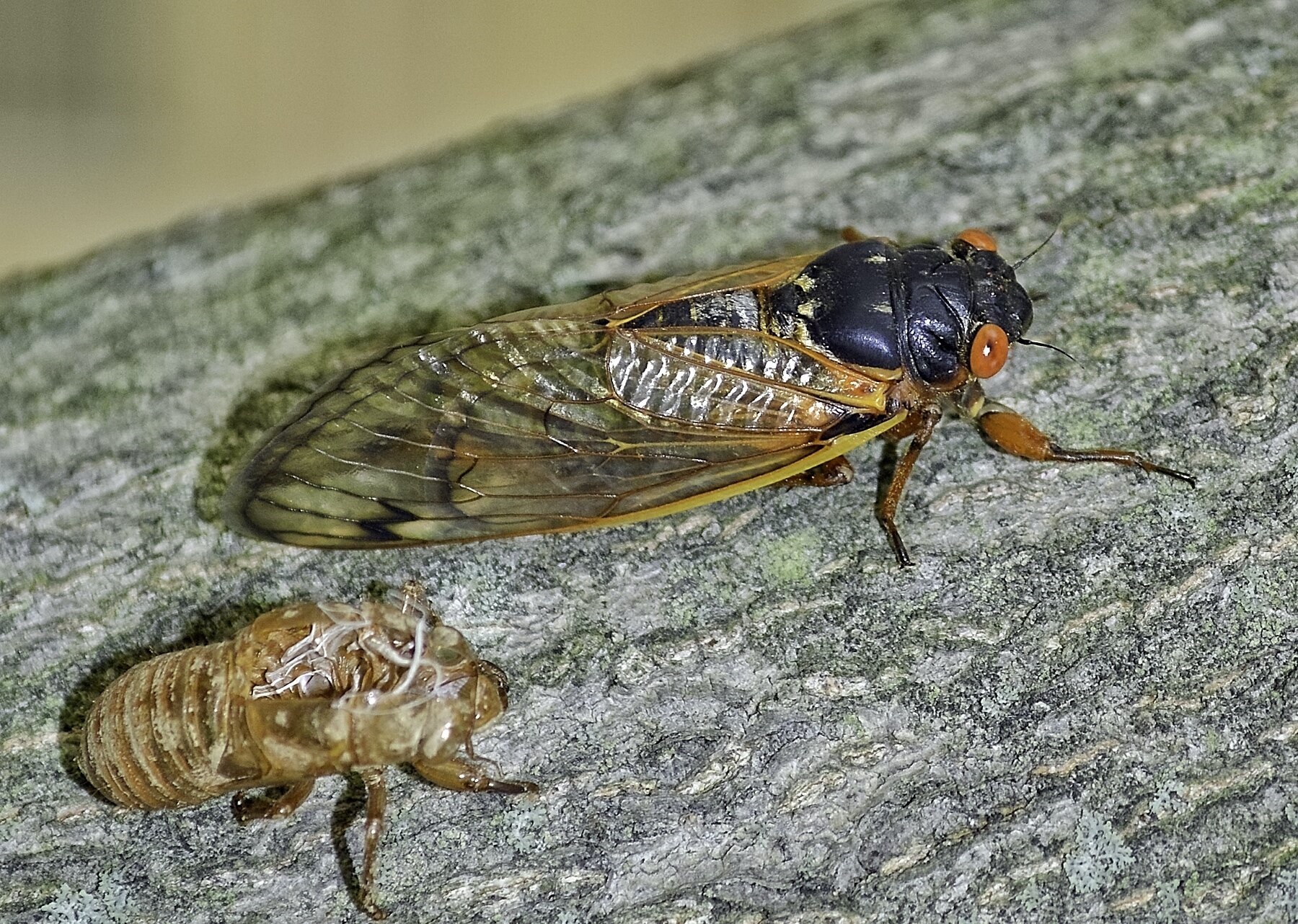Jockeying for Position: Horseracing among the Early Washington Elite

The elite of early Washington talked politics at the Jockey Club and horses in the U.S. Senate Chamber. The most famous horses in American history, like Secretariat and Man o’ War, are tied to some of the most famous men in American history. Join Tudor Place Curator Rob DeHart and Dr. Lindsey Apple, historian and member of the Advisory Board of Ashland, The Henry Clay Estate in this dynamic discussion about the early DC horse racing industry and correspondence between Tudor Place’s Thomas Peter and Secretary of State Henry Clay of Kentucky about the sale of a prized racehorse. Learn how Henry Clay, Thomas Peter and their contemporaries like Andrew Jackson and Martin Van Buren jockeyed for position — mixing politics, business and pleasure.
Photo collage: Ephemera, Tudor Place Archive; The Farmer of Ashland engraving of Henry Clay, Henry Clay Memorial Foundation.






